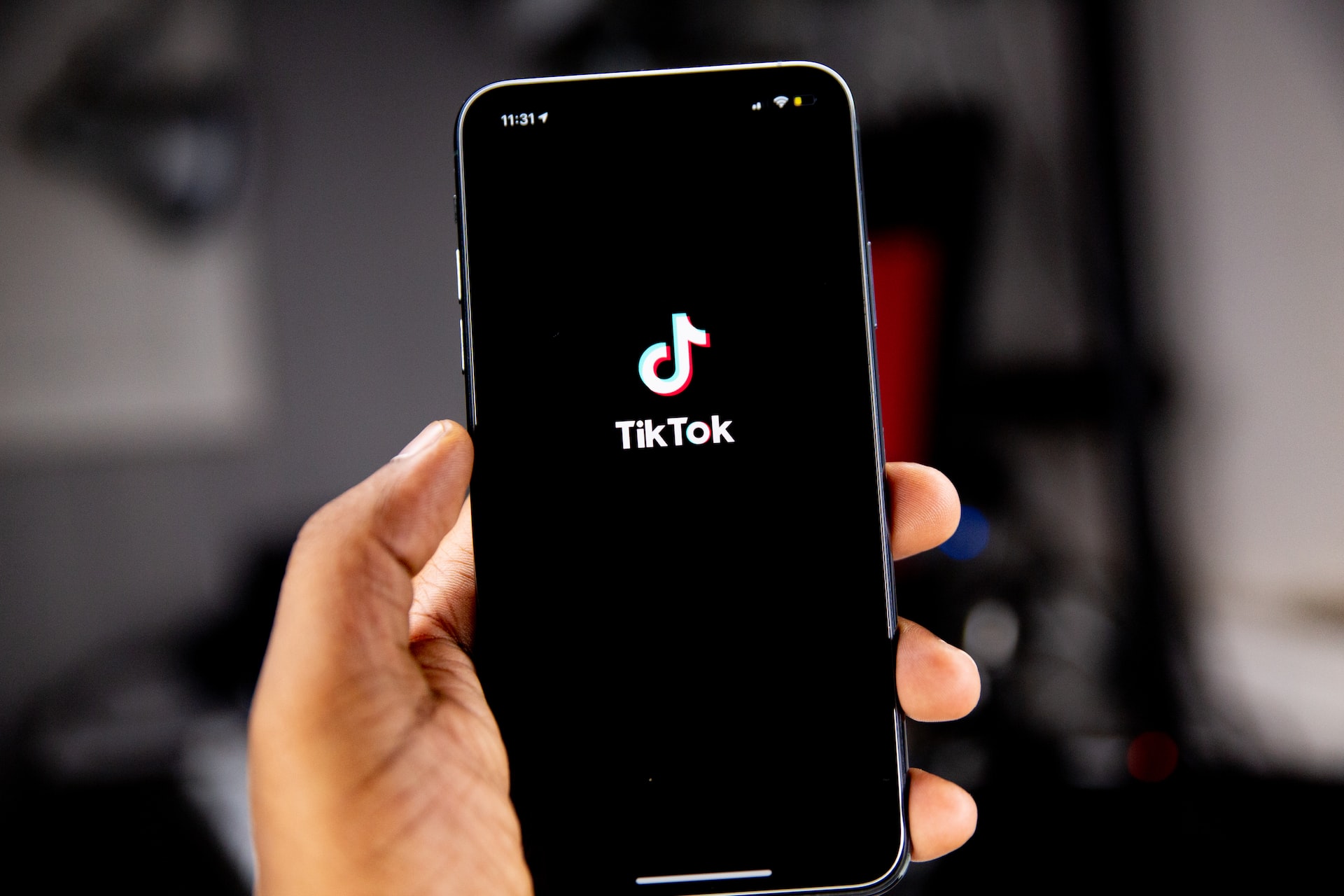TikTok is a platform that moves rapidly. From its snappy, short-form videos to its evanescent trends: everything on TikTok seems to happen so quickly.
It shouldn’t come as a surprise, then, that TikTok was the fastest social media platform to surpass one billion users. It took them just 4.9 years. By comparison, it took Facebook 8.7 years to reach the same number of users.
Even at the exceptional speed that TikTok moves, it might still come as a surprise to hear that the app has now overtaken Google as the world’s most popular web domain.
That’s impressive, not least because the app has only been available worldwide since 2018.
It might sound preposterous that a search engine giant like Google is losing users to a video-based social media app. But it’s a change that we’re seeing happen in real time.
So – is TikTok itself a trend, or has it really changed how we search the internet? And what does this mean for your social strategy?
We’ve got all the answers to your burning questions in this blog.
How did TikTok become a search engine?
A major driver behind this change is the generation that made TikTok so popular in the first place: Generation Z.
The phrase ‘Gen Z’ often provokes images of young people dancing or memes on TikTok. But if that’s still your mindset, then you’re definitely more than a couple of years behind.
We’ve seen pivotal changes in users’ online behaviour. Over 40% of Gen Z now prefer to use TikTok or Instagram over Google to perform an internet search.
So, as well as being a leading social media app, TikTok is also incorporating a sophisticated search engine into its repertoire.
To react to these changes in user behaviour, TikTok has introduced predictive text into its search engine.
They’ve also created an AI recommendation engine to point users in the right direction when searching for content. This engine considers factors like click-through rate and watch times.
What are users searching for on TikTok?
With these new user behaviours, comes – you guessed it – new content.
Given that TikTok has swallowed up some of Google’s searches, people aren’t just searching for dance trends anymore.
In fact, the content that is being produced on TikTok often offers users similar results to what they would find on Google. It’s just a different format.
For instance, if a user searches for restaurant recommendations in their city, they’ll be supplied with a plethora of TikToks counting down the top restaurants in their locality.
Similarly, other popular searches include how-to videos, food recipes and beauty advice or tutorials.
It’s not just for personal use, either. Many teachers and businesses have been using TikTok for educational and professional purposes, respectively.
This is thanks to the app’s new feature that allows content creators to create videos of up to 3 minutes in length.
Teachers have been creating ‘microlessons’ for their students, and businesses have been using the app for onboarding – and some even use it for company announcements.
So, it’s clear that TikTok has evolved quite a long way beyond being a new and trendy app that’s exclusive to Gen Z.
Think of TikTok as your brand’s digital shopfront
What does it mean to think of TikTok as your brand’s digital shopfront?
It means always putting out the freshest, newest, finger-on-the-pulse content you can possibly create.
Whilst TikTok itself is clearly no longer a social media trend – it’s here to stay – but the content on it often is.
Brands on TikTok need to be so quick off the mark with trends so as to not give the impression to users that they are simply reacting to a trend, but rather that they are the trend.
It appears that the search algorithm prioritises discoverability for brands who are ‘always-on’: those whose content is always on the cutting edge of what is relevant to audiences.
Like it or not, having a presence on apps like TikTok and Instagram is a mainstay of every modern brand. This is what it takes for brands to be successful in 2023.
TikTok brand case study
A great example of a brand that produces content that is relevant to its audience whilst simultaneously capitalising on the latest trends is Duolingo.

Duolingo’s TikTok is, frankly, hilarious. Their mascot is a green owl named Duo, who is delightfully sassy – as you can see from the above examples.
Their success is derived from making rapid use of the latest trending audio clips, and being unashamedly forthcoming with Duo’s fierce sense of humour.
We can see this in the TikTok based on the Adam Levine meme above. There’s even a TikTok of Duo twerking. It is captioned as a ‘sneak peek at premium content you can only get with Duolingo Plus’. That one got 1.7 million likes.
But it’s not all about the short-form video content. Often, Duo is in the comments, hilariously scalding users who admit to forgetting their lessons.
Duolingo is the perfect example of how a brand can make the most of the social media and search engine hybrid that TikTok is becoming.
They do this by creating content that provides users with the entertainment that they’re looking for from a social media app.
But simultaneously, there is an educational aspect to their TikToks – which is where the search aspect comes in.
Admittedly, Duolingo has a headstart with this, being an educational app brand. But there’s no reason why other brands can’t follow suit.
To be successful on TikTok, you need a dynamic strategy
Overall, with TikTok rapidly becoming a search engine-based platform, your usual social strategy might not cut it anymore.
To really succeed, you might need to consider other factors that we would not usually consider on a social media platform. These include SEO and keyword research.
It’s important not to get too caught up in this, though. Quality, viral-worthy content will still speak for itself – like the kind we see from Duolingo.
But it’s definitely a good idea to research what your audience is searching for on TikTok, and to keep this in mind when creating new content.




